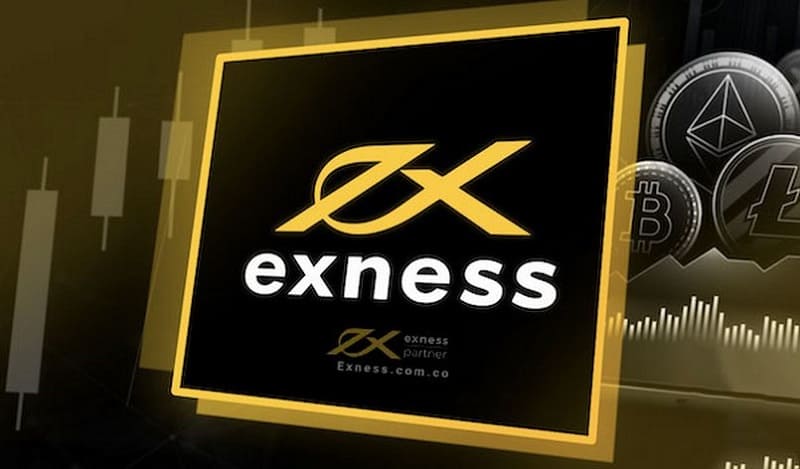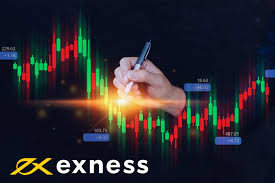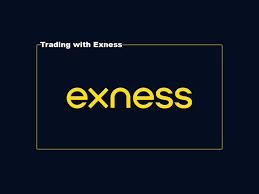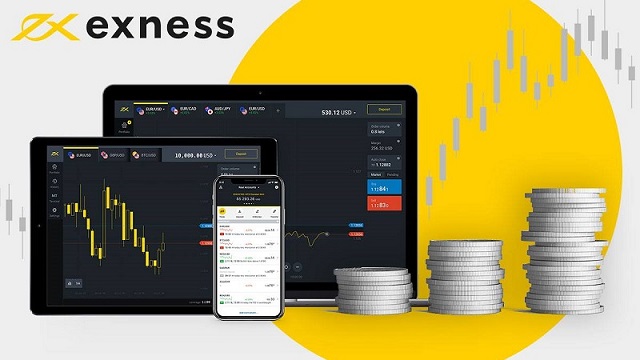
7 minute read
How to Change Leverage on IC Markets
Leverage is a double-edged sword — it can magnify profits, but it can also intensify losses. That’s why adjusting leverage on your trading account is more than a technical action — it’s a strategic risk-management move. If you’re using IC Markets, one of the world’s leading ECN brokers, understanding how to change leverage is a core part of building long-term trading success. 💡
This in-depth guide gives you everything you need — from how IC Markets handles leverage across platforms, to step-by-step instructions, common errors to avoid, and pro tips to control your exposure with surgical precision.
🏅 3 Best Forex Brokers
1️⃣ Exness: Open Account Trading | Go to broker
2️⃣ XM: Open Account Trading | Go to broker
3️⃣ JustMarkets: Open Account Trading | Go to broker

🧠 What Is Leverage and Why It Matters
Leverage is the ratio that defines how much capital you can control with the funds in your account. For example, with a leverage of 1:500, a trader can control $500,000 in market exposure using just $1,000 in margin. That might sound powerful — and it is — but it’s also dangerous if misused.
IC Markets offers flexible leverage settings to suit traders of all risk profiles. But the right leverage depends on your strategy, your account size, and market conditions.
📌 Key insight: The purpose of leverage is not to overtrade — it’s to efficiently allocate margin without compromising risk controls.
🌐 How IC Markets Handles Leverage by Account Type
Before learning how to change leverage, you must understand how IC Markets structures leverage. There are three main account types:
Standard Account
Raw Spread Account
cTrader Account
IC Markets allows leverage up to 1:500 for all these account types. However, due to regulatory requirements (especially for traders under ASIC or CySEC), some clients may be capped at lower levels like 1:30 unless they qualify as Professional Traders.
💼 Regulatory location matters:
ASIC (Australia): Up to 1:30 for retail traders
CySEC (Europe): Up to 1:30 for retail traders
FSA (Seychelles): Up to 1:500
SCB (Bahamas): Up to 1:500
If your account is under Seychelles or Bahamas jurisdiction, you will likely have full control over your leverage settings.
🔧 How to Change Leverage on IC Markets: Step-by-Step Guide
Changing your leverage on IC Markets is straightforward, but you must do it through the IC Markets Secure Client Area, not the trading platform (MT4, MT5, or cTrader).
Here’s the exact process:
🛠️ Step 1: Log into the Client Area
Go to the IC Markets secure portal and log in with your email and password. This is the main hub for all account management settings.
🗂️ Step 2: Navigate to Your Account List
Click on “Accounts” or “My Accounts” on the left-hand side of the dashboard. This will show you all the live and demo accounts you’ve created.
📝 Step 3: Select the Account You Want to Edit
Click on the account where you wish to change the leverage. Make sure there are no open trades if possible, as leverage changes may not apply mid-trade.
⚖️ Step 4: Click “Change Leverage”
Once you’ve selected the account, look for an option that says “Change Leverage” or displays a gear/settings icon. Click to open the leverage options.
🔍 Step 5: Choose Your Desired Leverage Ratio
You will see a dropdown list with options such as:
1:1
1:10
1:50
1:100
1:200
1:500
Choose your preferred leverage carefully. Higher leverage reduces the margin required but increases potential volatility and risk.

✅ Step 6: Confirm and Apply Changes
After selecting your desired leverage, click confirm. The system will process the change instantly or within a few minutes. A notification or confirmation email may be sent.
⚠️ Important: If you’re under certain regulatory entities (like ASIC), your leverage options may be restricted. In such cases, you must either provide additional documentation or apply to become a Professional Client.
🧩 How Leverage Affects Your Trading
Adjusting your leverage directly affects:
📉 Required Margin: Lower leverage means higher margin per trade.
🔄 Position Size Flexibility: Higher leverage lets you open more or larger trades.
💥 Account Volatility: Greater leverage magnifies both profits and losses.
⛔ Risk of Margin Calls: Over-leveraged accounts face greater risk of liquidation.
Let’s break this down with a scenario:
If you want to open a 1-lot EUR/USD trade (~$100,000 position size):
At 1:100 leverage, you need $1,000 in margin
At 1:500 leverage, you need just $200
At 1:30 leverage, you need about $3,300
This illustrates how leverage changes your margin requirement, which influences how many trades you can place without triggering a margin call.
🧠 When Should You Change Leverage?
Changing leverage should never be done randomly. Here are common and strategic scenarios when adjusting leverage makes sense:
🔄 Switching Strategies
Transitioning from scalping to swing trading? Then reducing leverage can help lower your drawdown exposure on longer trades.
💸 Scaling Capital
As your account balance increases, your risk per trade also increases — unless you reduce your leverage. Seasoned traders often lower their leverage as their accounts grow.
🌪️ During High Volatility
In the midst of geopolitical events, central bank announcements, or high-impact economic data, reducing leverage can protect your positions from sudden spikes or whipsaws.
🧪 Backtesting or Testing a New System
When running a new EA or strategy, conservative leverage ensures you don’t suffer major losses if the strategy fails.
🧘 Pro Tips for Managing Leverage Like a Pro
True mastery of trading isn’t in high profits — it’s in managing risk consistently. Here’s how smart traders use leverage on IC Markets:
💼 Use a Risk Per Trade Rule
Decide on a fixed % of account to risk per trade (e.g., 1%). Match this with your leverage and lot size accordingly.
📊 Monitor Free Margin
Never let your free margin drop below 100% — that’s a signal you're nearing a margin call zone. Use leverage to stay above 200%+ ideally.
🧯 Always Use Stop Losses
Leverage without a stop-loss is like driving without brakes. Always protect your downside, especially when using high leverage.
⚖️ Use Different Leverage for Different Accounts
IC Markets lets you open multiple accounts. Consider setting one with conservative leverage and another for more aggressive strategies.
🧠 Don’t Equate Higher Leverage with Bigger Profits
Higher leverage simply lowers the margin requirement — it does not guarantee better returns. Many successful traders operate with 1:50 or lower leverage for stability.

Read more:
📌 Final Thoughts: Leverage Is a Tool, Not a Shortcut
IC Markets gives traders flexible leverage options — but with flexibility comes responsibility. Knowing how to change leverage is only part of the equation. The real skill lies in using it wisely.
Don’t fall into the trap of using the highest leverage just because it’s available. Instead:
Match leverage to your trading strategy
Understand how it affects margin and position size
Adjust based on market conditions, not emotion
Review your leverage setting monthly or quarterly
Think of leverage like a volume knob — dial it up when needed, dial it down when risk is high.
Trading isn’t about being aggressive; it’s about being consistent, strategic, and disciplined. Master your leverage, and you master one of the most critical variables in your trading career. 🎯










